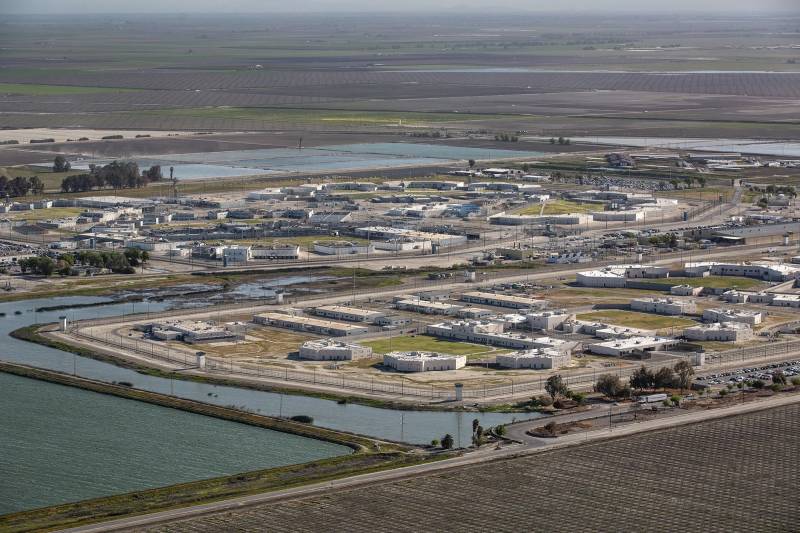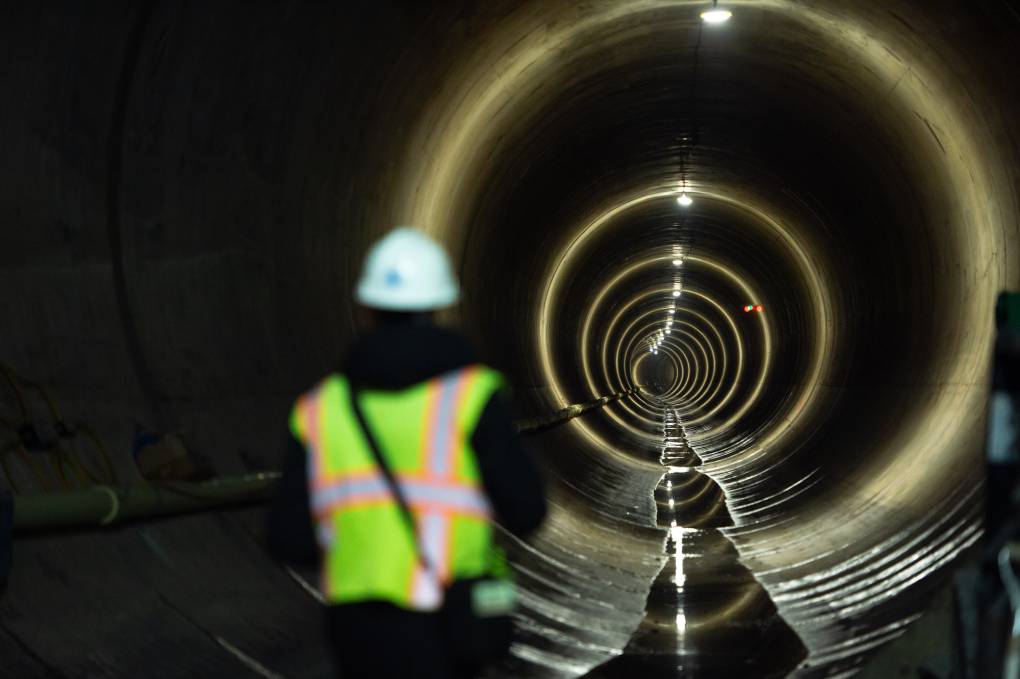Officials from the California Department of Corrections and Rehabilitation and the California Governor’s Office of Emergency Services answered questions about the report before lawmakers at a hearing Thursday. They assured lawmakers that the department would not work alone in a large-scale emergency.
“California has a vast amount of resources and we would rely heavily on our federal, state and local partners to assist us with the evacuation of an entire prison,” said Melissa Prill, special agent-in-charge at the corrections department’s Office of Correctional Safety.
But Sen. Laura Richardson, a Democrat from Inglewood, said that in an unpredictable situation, those partners “may be busy assisting other people.”
“To assume that these other agencies are going to be available to help you, or to help us in a prison environment is not something, going forward, we have the freedom to assume,” Richardson said. “I would give this (office of inspector general)’s report of your organization — I would consider it an ‘F’ — frankly.”
Sen. Kelly Seyarto, a Republican from Murrieta, said he wasn’t “extremely critically concerned.”
“I think we’re getting a little overboard in terms of thinking that we are going to have to evacuate entire prisons,” Seyarto said. “It’s just not a practical thing to think that somehow the whole prison is going to catch on fire.”
In a statement to CalMatters, department spokesperson Mary Xjimenez said prisons take an “all-hazards” approach to emergency planning and that it coordinates its plans with the Governor’s Office of Emergency Services. The department “follows the FEMA National Incident Management System, which is the national doctrine that provides all federal, state, and local response agencies with a consistent set of principles, management structures, and a systematic approach to emergency response.”
King said the department has a history of being unprepared for climate hazards and instead reacts to them once they inevitably occur.
“These are simply facts,” King said. The department “could accept these facts and do something about them — or they could try to manage their response to the report. Disappointedly, it seems like they’ve chosen the latter. This is an opportunity to improve their response, to see the gaps and to create plans that address the gaps. ”
Cayla Mihalovich is a California Local News fellow.
This article was originally published on CalMatters and was republished under the Creative Commons Attribution-NonCommercial-NoDerivatives license.




